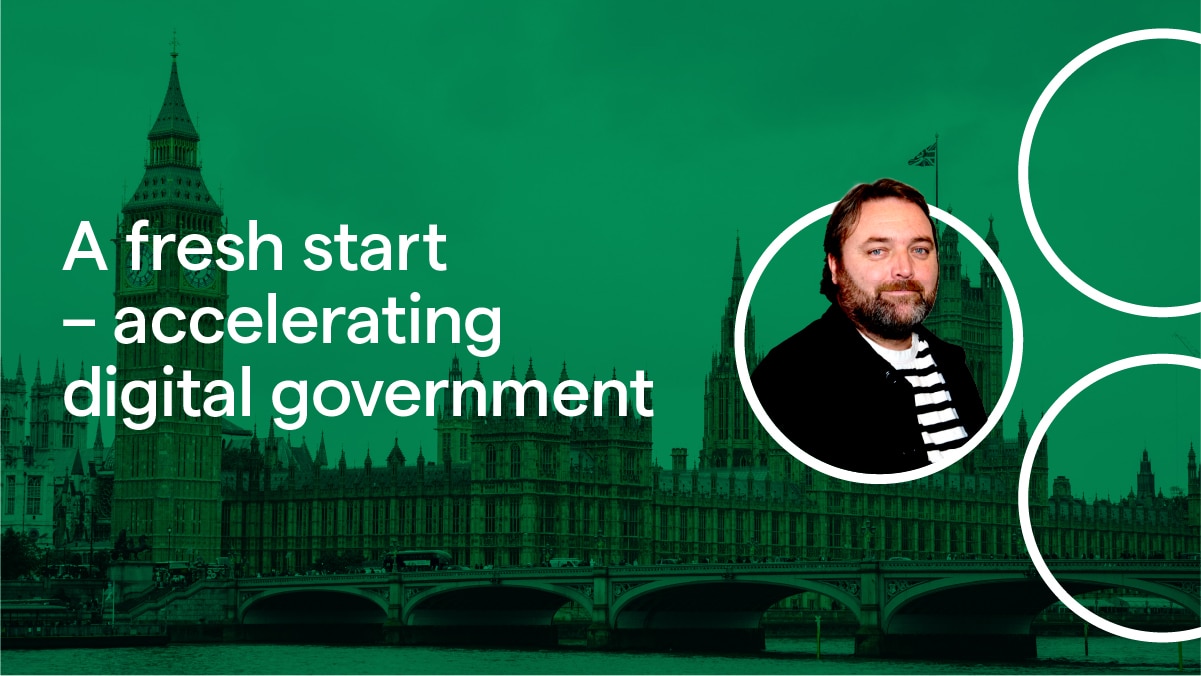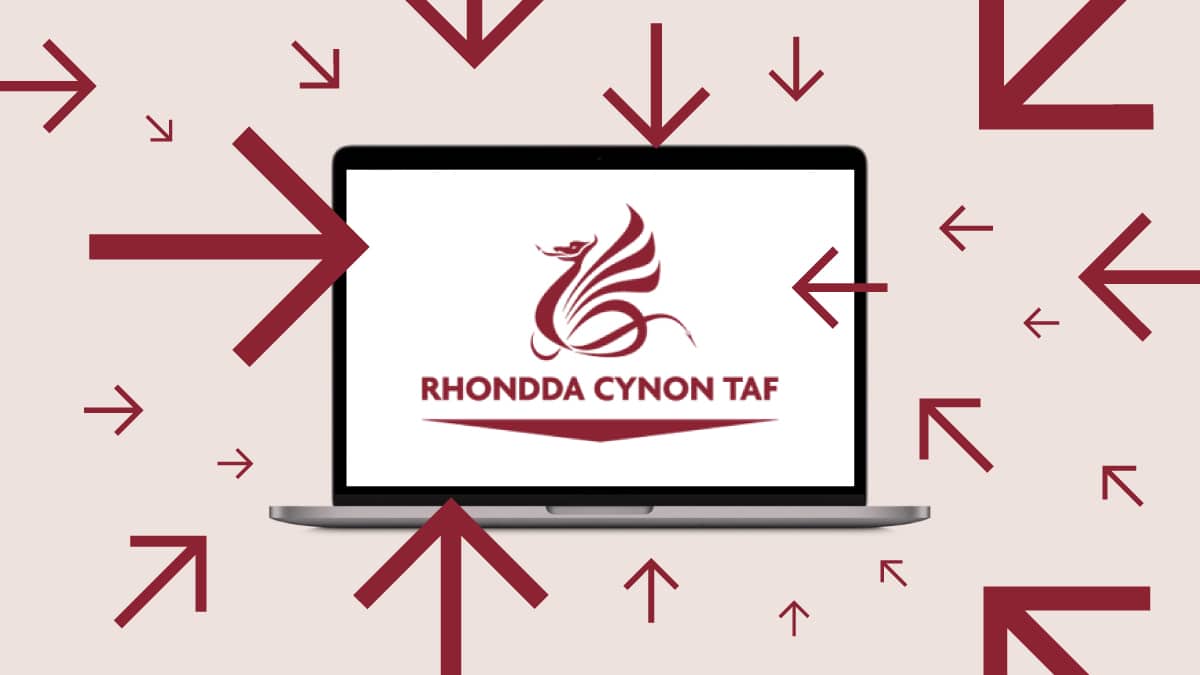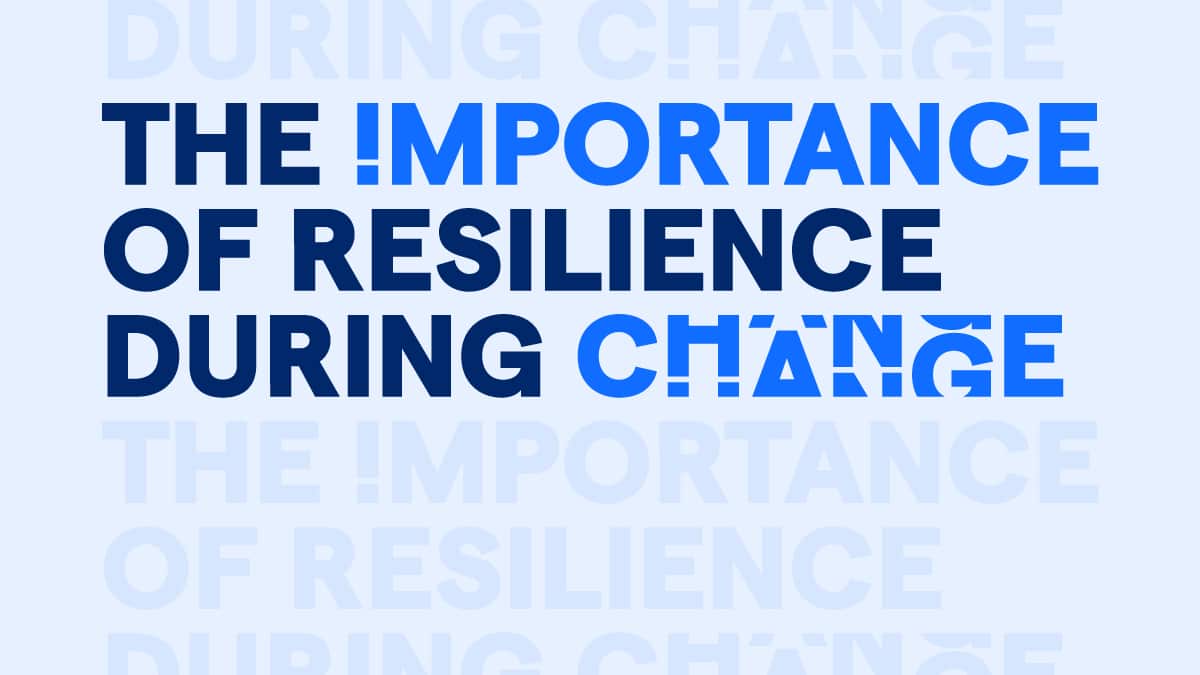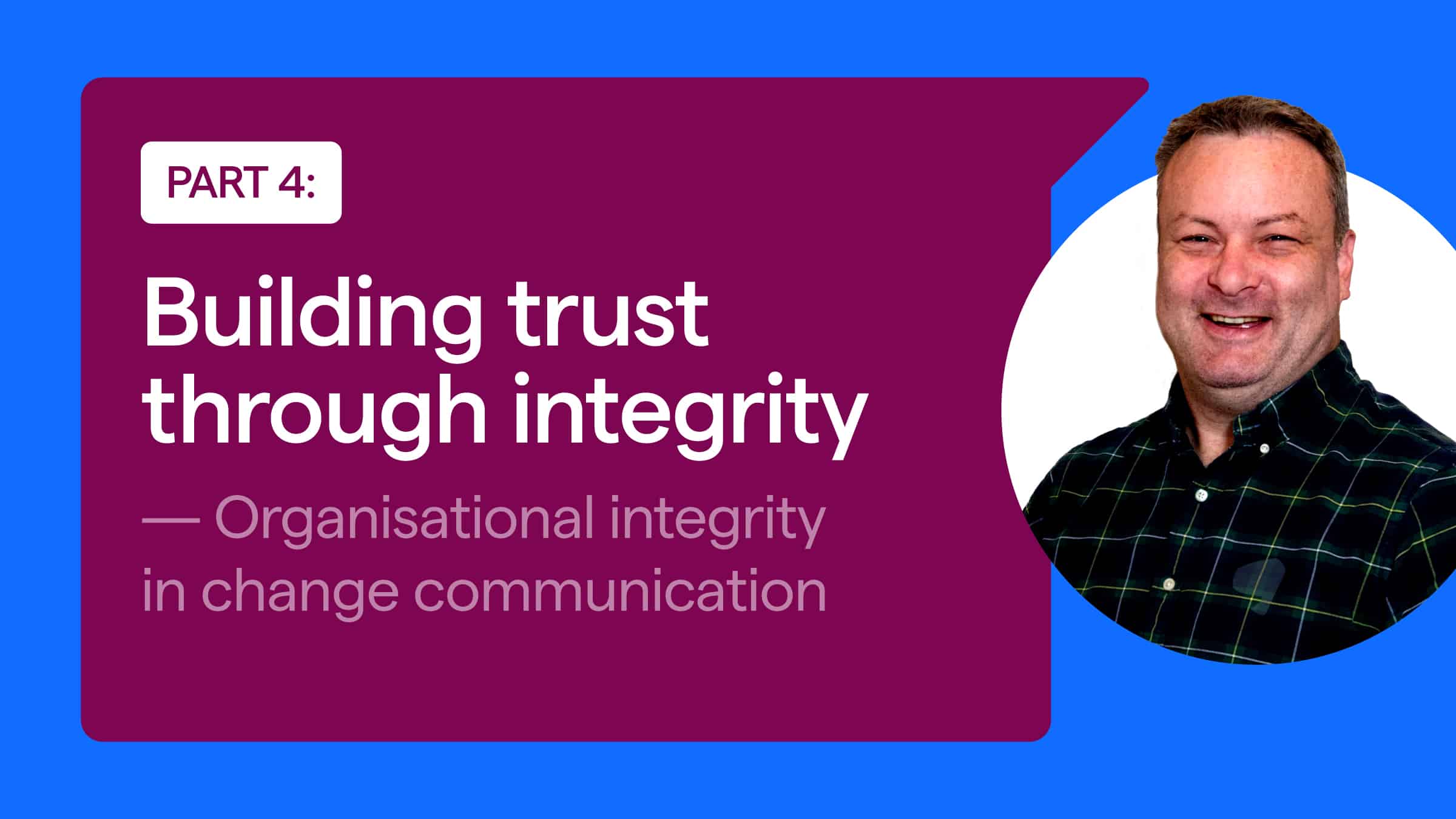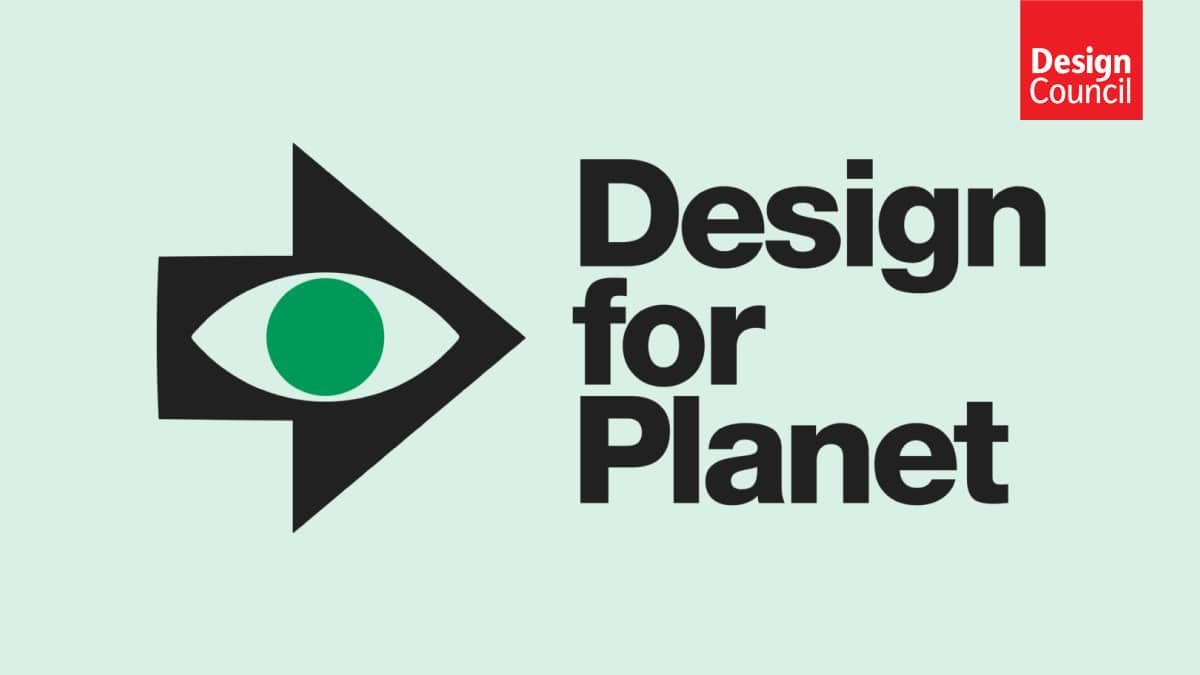Building a skills matrix to deliver digital change
4 min read Written by: Cory Davies
We often say that if you want to deliver strategic digital change that makes an impact, you’ll need more than a project plan. When we sat down as a company to consider how we would ensure that we had all the skills we needed to drive growth and deliver change, we thought it would be an excellent opportunity to workshop it at one of our all-hands sessions—and guess who volunteered (or was I volunteered?) to lead it.
Throughout my career, I’ve worked for organisations that focus on development in some form. Some have done it well, and some have overcomplicated it. I was keen to find a balance that worked for us, to find something that would be easy to assess ourselves against and use as a tool across multiple uses, from recruitment to personal development reviews. I had some ideas and was looking forward to getting started.
What is a skills matrix?
Keeping this simple, a skills matrix is a load of data where skills are listed across the top and team members run down the side. Skills can range from soft skills like empathy and emotional intelligence to using software such as Photoshop or PowerBI.
This information, called a ‘skills matrix’, offers a powerful snapshot of your team’s strengths and areas of improvement. It becomes a one-stop shop for identifying skill gaps, developing targeted training, optimising resource allocation, boosting efficiency, discovering new opportunities, and empowering career development, leading to a more productive and well-rounded team. Hopefully!
How to build a skills matrix
To launch our own Skills Matrix in Perago, we held a session at one of our all-hands days where I led the entire team through a short discovery that started to look at what problems we were trying to solve, options available to us, off-the-shelf solutions and opportunities and requirements that we would have of such a matrix/system.
The session gave great ideas and gave me a robust set of parameters to design something. The challenge was to get something tangible together in just four weeks – the time between our all-hands meetings.
First, I conducted workshops to define the matrix’s structure and purpose, then used staff surveys to gather data on soft skills, project delivery skills, and industry expertise.
When I was developing this skills matrix and working with the broader team to understand the breadth of skills we should consider – I thought it was vital that we make it clear to each team member that we don’t all need to excel in every area – this isn’t a competition about who has the most skill(s), but should form the basis of insight that would show the diversity of our skills across the team, and show what mix of people we’d need to work together to achieve a particular task, or serve a specific need of client.
How to analyse skills matrix results
Thanks to some great work and support from my colleagues, we were able to playback our approach and show how we’ve developed our prototype of the skills matrix platform – humbly built using well-designed (both graphically and technically) MS Forms with around 75 questions to assess skills – As part of the session, I was keen to ask everyone to fill in their initial assessment. “There is no time like the present!”
This gave me an excellent opportunity to hear first-hand where people were getting stuck, see how long it would take, and receive feedback digitally and through a mix of face-to-face and post-it notes.
Some early feedback I had was about separating skills to allow for more detail to be added, and we had some repetition across question sets, particularly around ‘leadership’ skills.
Using and evolving a skills matrix
By analysing the data, we gained valuable insights into how multitalented and diverse our team is. After the analysis, we identified internal specialists with the perfect skill set to match the needs of specific projects, ensuring optimal client service. The matrix also unearthed new areas of expertise within the Perago team, such as AI and PowerBI pros. Finally, integrating individual skills profiles with our existing resourcing tool allowed us to create optimal project teams by matching project needs with client strengths.
However, this also highlighted some skills gaps. From this, we could identify the critical skills needed across our company, technical and soft skills, and any industry-specific competencies.
We’ll now start developing action plans to address the gaps, such as targeted training, hiring, or task reassignment, and we’ll continue to use the tool as a living data set. Any skills matrix should be a living ‘document’ regularly updated to reflect changes in your business and your workforce’s evolving skillset.
This was an excellent opportunity to get to know my colleagues better, learn more about our company’s skill set, and, most importantly, apply the principles of agile service design to one of our projects. We’ll continue to iterate and build on this. If you want to learn more about the skills matrix and how it can help you deliver digital change, contact me. I’d be happy to help!
